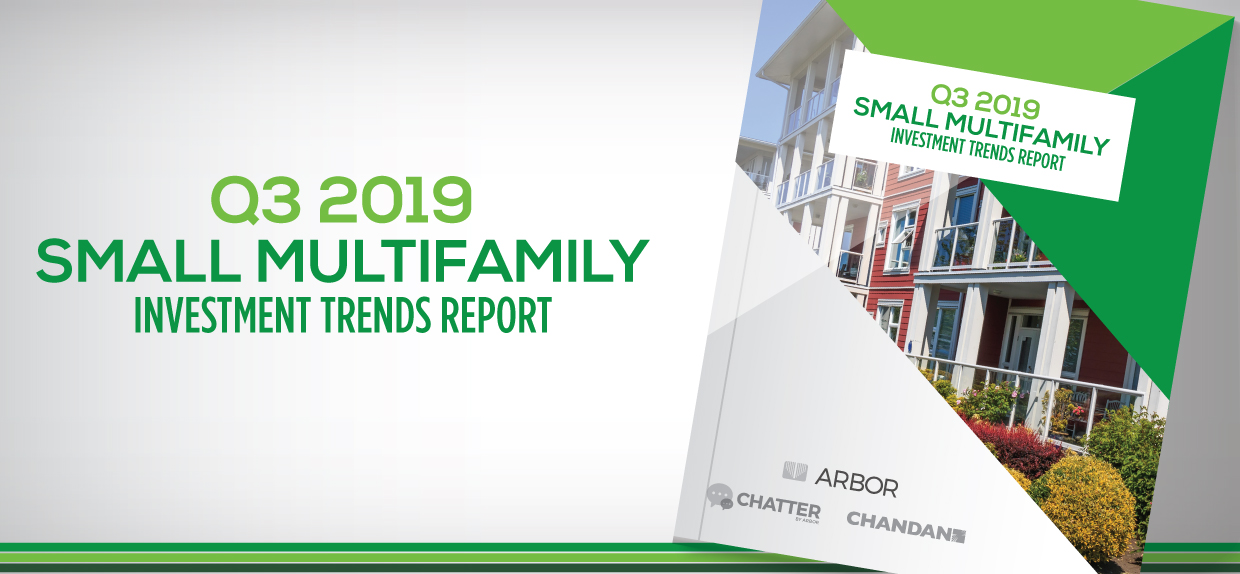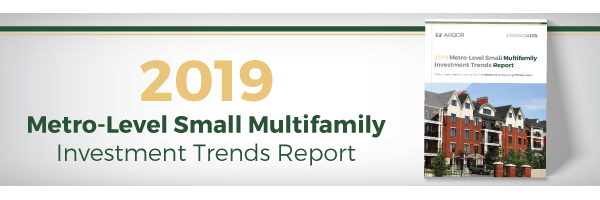Research Reports Special Reports from Arbor & Chandan Economics Subscribe now to have our research reports sent right to your inbox. Subscribe to Arbor Research A biannual economic analysis and accompanying commentary from Arbor’s Chairman and CEO Ivan Kaufman and Chandan Economics Founder Sam Chandan. This special series provides unparalleled insight into the housing market from two of the industry’s foremost thought leaders. Special Report Archives Share:
Research Reports Affordable Housing Trends from Arbor & Chandan Economics Subscribe now to have our research reports sent right to your inbox. Subscribe to Arbor Research Our Affordable Housing Trends series examines the complex, yet critically important, affordable and workforce housing sectors. Published twice annually, these reports closely monitor key developments in the affordable housing market. Backed by proprietary research and analysis, our Affordable Housing Trends Reports enable investors, owners, developers, and other industry stakeholders to gain a clearer picture of the major trends currently shaping the sector. Affordable Housing Archives Share:
Articles
Founded in 2017, Project Destined has a mission to transform underrepresented young people into owners and stakeholders in their own communities. Today, it works with more than 2,500 students per year from over 350,000 colleges, universities, and high schools in more than 35 markets across the U.S., Europe, and Canada. Through its internship programs, Project Destined molds the next generation of real estate leaders by giving them an opportunity to directly interact with today’s leaders. For the last two years, Arbor employees have volunteered with Project Destined and received much more in return than they ever would have expected.
Funding and Support Flow to Affordable Sector as Investor Interest Grows Even with concerted public and private initiatives, the affordable housing shortage has persisted in cities and communities across the U.S. As calls for change grow louder, new funding streams for Federal programs, like Housing Choice Voucher and Low-Income Housing Tax Credit, aim to encourage more investment in affordable housing to expand supply nationwide. Arbor’s Affordable Housing Trends Report Spring 2023, developed in partnership with Chandan Economics, analyzes the challenges and assesses the outlook of a sector that has gained more investor attention amid growing economic headwinds. Complete the form to instantly access the full report!
Research Reports Industry-Leading Insights from Arbor & Chandan Economics Subscribe now to have our research reports sent right to your inbox. Subscribe to Arbor Research Arbor Realty Trust, in partnership with Chandan Economics, publishes industry-leading research reports focused on multifamily and single-family real estate investing. With timely research and key insights, we provide thought leadership that empowers investors and developers to make more profitable financial decisions. Latest Reports Share:
Articles
A new update to Freddie Mac Green Advantage®, an attractive loan program in a rising interest rate environment, has added new incentives to going green to more multifamily borrowers than ever before. Freddie Mac recently announced a 15 bps pricing benefit to borrowers on top of any affordability benefits currently offered. At the same time, all previous affordability requirements were lifted, opening to door to more investors seeking to improve the sustainability of our communities.
Articles
Arbor Senior Vice President, Special Projects, Governance and Risk, Leah Fisher was the 2023 sole honoree at the second annual Family & Children’s Association (FCA) Long Island Women in Philanthropy breakfast and fashion show on March 30 at The Mansion at Oyster Bay in Woodbury, New York. Ms. Fisher gave a keynote speech at the event that encouraged attendees to get involved in their communities.
FANNIE MAE® Unfunded Forward Commitment











